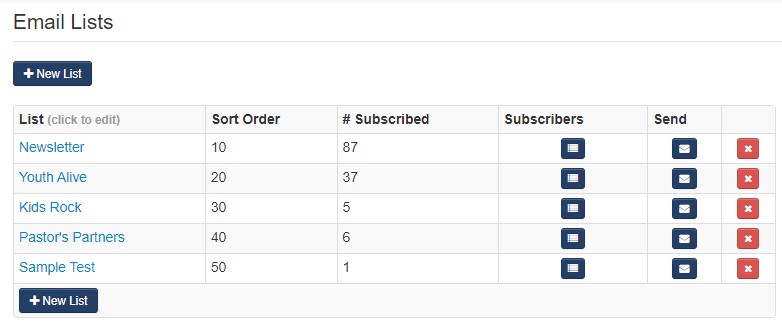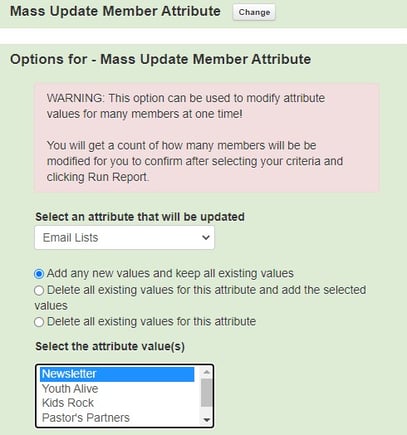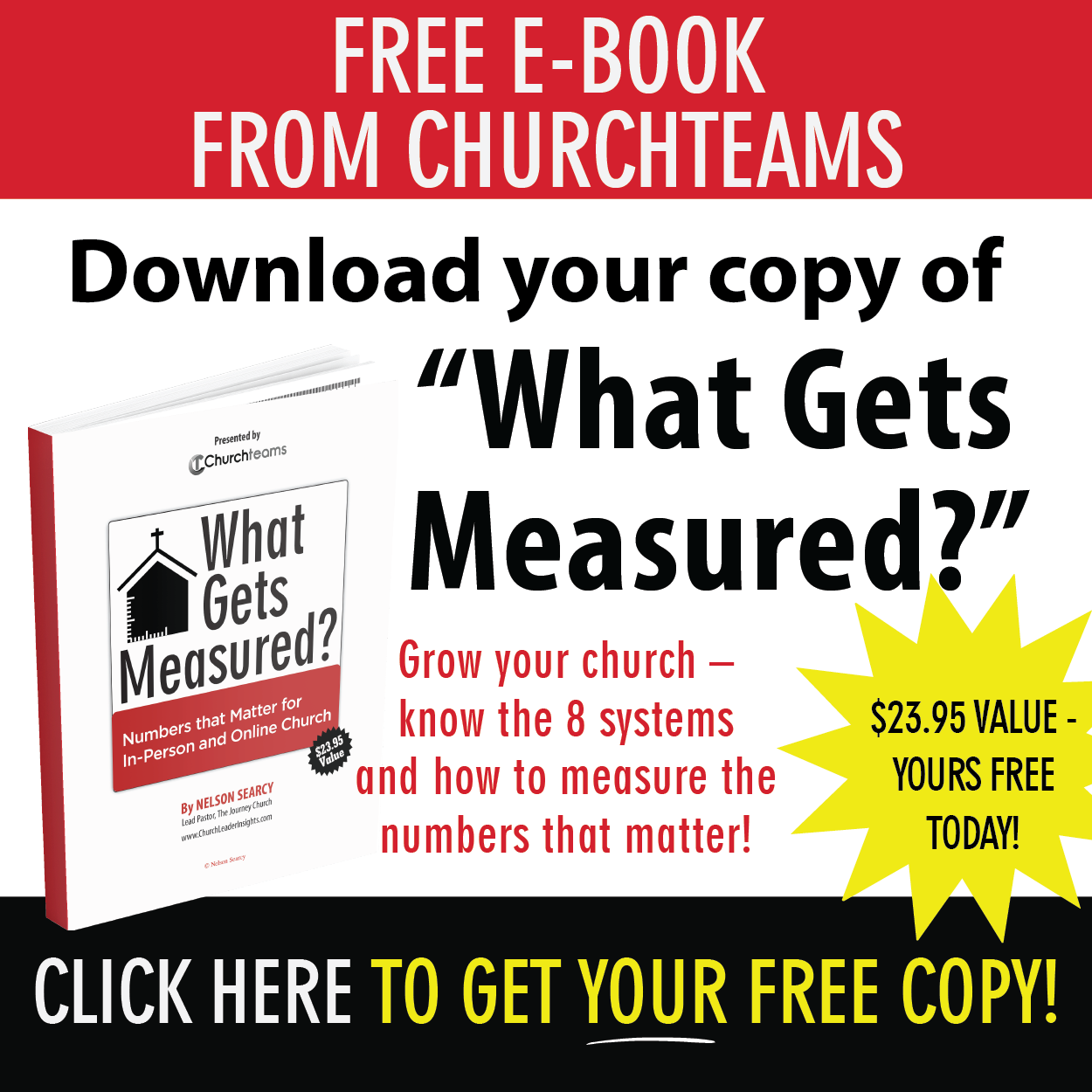 You guys, email is not dead! Sure, texting is emerging (we have you covered there) and social messaging and apps are vying for attention, but check out this stat in the Hubspot article, The Ultimate List of Email Marketing Stats for 2021.
You guys, email is not dead! Sure, texting is emerging (we have you covered there) and social messaging and apps are vying for attention, but check out this stat in the Hubspot article, The Ultimate List of Email Marketing Stats for 2021.
74% of Baby Boomers think email is the most personal channel to receive communications from brands, followed by 72% of Gen X, 64% of Millennials, and 60% of Gen Z.
If people from all generations feel that email is the most personal way to hear from businesses, just think how much more it means to them to hear from their church via email.
In last week's Roundtable (Episode 15) we talked about our Communication reports including email. I raised the common question about why choose groups, report filters, or lists to send email. The answer lies in the level of personal relevance the email is you are sending, and thus the likelihood of recipients opting out.
Emails to groups should be very relevant. This is a person's small group, volunteer team, or something they registered for. The communication is very focused on something that interests them. They won't be interested in opting out.
Emails using filters need to be just about as relevant. Use filters to send emails based on an attribute like gender, zip code, marital status, church member type, or first time donors. They might be engaged in your church, but they might not be as well. If they click to manage their subscriptions, they will only have the option to unsubscribe from all lists.
Recipients of both group and filtered emails can opt out of all email by replying that they would like to unsubscribe. The sender then goes to that person's profile and unsubscribes them. Besides requiring the sender's attention, this also unsubscribes them from all email. Which will impact all future email communication with them. With lists you don't have this problem.
Emails sent using lists can be less relevant. The power of lists is that it gives recipients specific control over the content they are receiving. If they are not interested, they opt out. Because they are in control, you can make the content more generic, and less personal for them. Great examples of ways to use lists are for newsletter, community interest, and ministry departments.
Churchteams has a powerful lists management feature (Communicate > Email > Lists). It lets you see who is in the list and send them an email.

If you think that your church might benefit from the use of lists, start by clicking + New List to create new ones. Here are two best practices to populate the list: the personal sign up form, and a really cool, powerful report.
Personal Sign Up Form. For a basic sign-up, create a group called Manage Email Subscriptions. Then add Email Lists to the form dropdown under Registration Settings. Next, copy the link and place it anywhere. It will look like this:
Mass Populate a List. This approach allows you to use any combination of filters you want to populate a list. Specifically, Reports > Members > Mass Update Member Attribute. Then pick Email List and the list you want to populate.

Your next step is to choose the filters that will find the people to put into the list for you. For instance for your Newsletter list, you might choose: Household Role = Adults; and Church Member Types = Members and Regular Attenders.
Next, review and run the report. The result will be a newly created and populated list of people who now have the power to manage their email preferences.
Automate: To keep a list like the newsletter list updated, Save and then Schedule the same report to run once a month. That way staff don't need to remember to add new members and regular attenders to the newsletter list. The system will do it for them.
Not everyone sees email as the most personal way to connect, but the majority do. It takes a lot of time, money and energy to move the majority and late adopters in your church to social messaging or an app, but even they check their email. So, it's smart to stay sharp on how you are using it.



